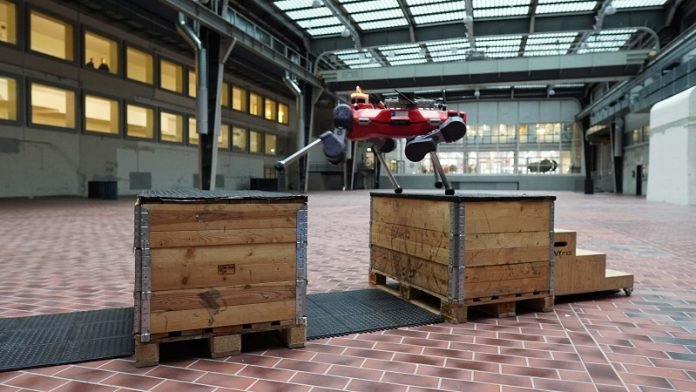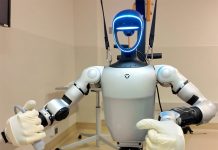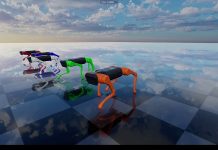
In the world of robotics, a four-legged robot named ANYmal is taking impressive strides forward.
Originally known for its ability to tackle the rocky paths of Swiss hiking trails, ANYmal has recently acquired some jaw-dropping new skills, thanks to researchers at ETH Zurich.
Now, this robot isn’t just about walking on uneven ground; it’s performing parkour and making its way across the challenging terrain of construction sites and disaster areas.
This leap in capabilities has been detailed in the journal Science Robotics.
The secret behind ANYmal’s newfound abilities lies in the dedication of two teams working under the guidance of Professor Marco Hutter at ETH Zurich’s Department of Mechanical and Process Engineering.
Each team took a unique approach to push the boundaries of what ANYmal can do.
A parkour expert’s influence
Nikita Rudin, a doctoral student and parkour enthusiast, didn’t believe that the development of legged robots had hit a dead end.
Inspired by his hobby, he was determined to prove that these robots could achieve much more, especially in mimicking complex human movements.
Rudin’s approach involved leveraging machine learning to teach ANYmal parkour skills, enabling the robot to overcome obstacles and even perform dynamic jumps.
ANYmal’s learning process was akin to a child’s: through trial and error. By using its camera and an artificial intelligence system, ANYmal can now assess an obstacle and decide on the best course of action based on its training.
While Rudin believes they have nearly maximized the potential for individual new skills, he sees room for improvement in how the robot adapts to complex environments like rubble-filled disaster zones.
A blend of old and new techniques
On the other side, Fabian Jenelten, another doctoral student, focused on preparing ANYmal for real-world applications such as navigating through the unpredictable terrain of disaster sites.
Jenelten combined traditional control engineering methods with machine learning for a more balanced approach.
This allowed ANYmal to learn precise maneuvers and apply them flexibly in unforeseen circumstances.
By integrating these techniques, the robot became adept at maintaining stability on slippery or unstable surfaces, making it an invaluable tool for assessing dangerous areas where humans cannot safely venture, such as a collapsed building after a disaster.
The collaboration between Rudin’s and Jenelten’s methods has significantly enhanced ANYmal’s functionality, showcasing the robot’s ability to adapt to a wide range of environments.
This advancement isn’t just about showcasing the robot’s agility and versatility; it’s about the potential applications in real-world scenarios where safety and efficiency are paramount.
As ANYmal continues to evolve, it stands as a testament to the potential of combining different technological approaches to overcome the limitations of current robotics.
This quadrupedal robot, capable of performing parkour and navigating through debris, is set to play a crucial role in disaster response, construction, and possibly even more fields in the future, making it a shining example of the next generation of robotic innovation.



